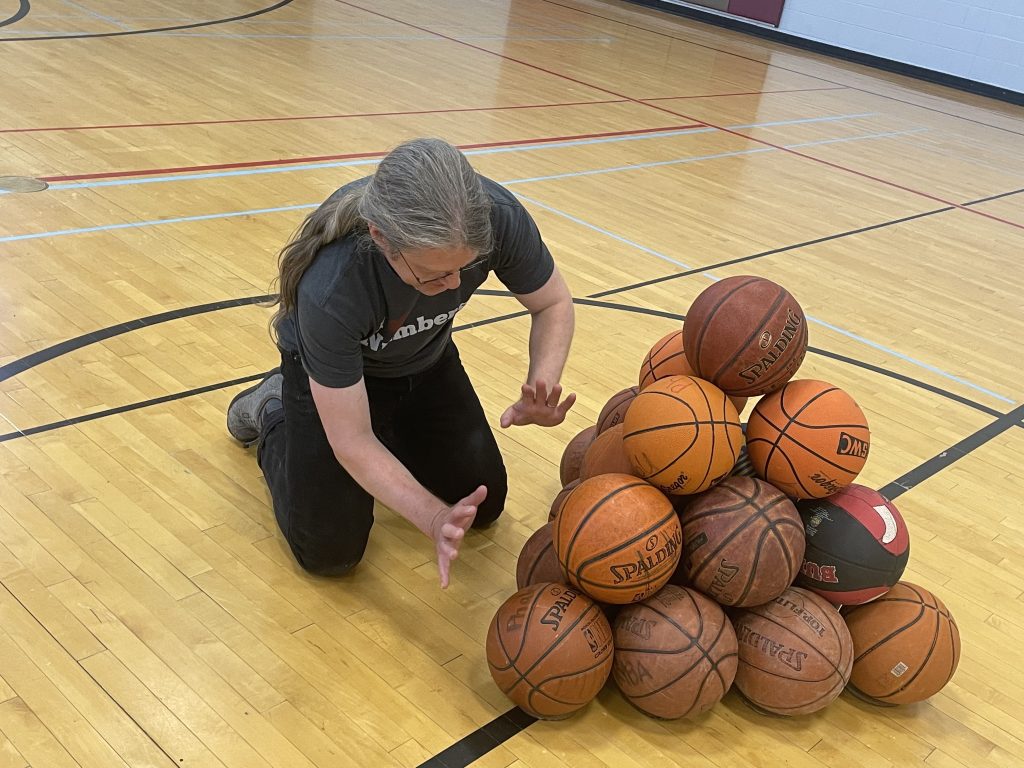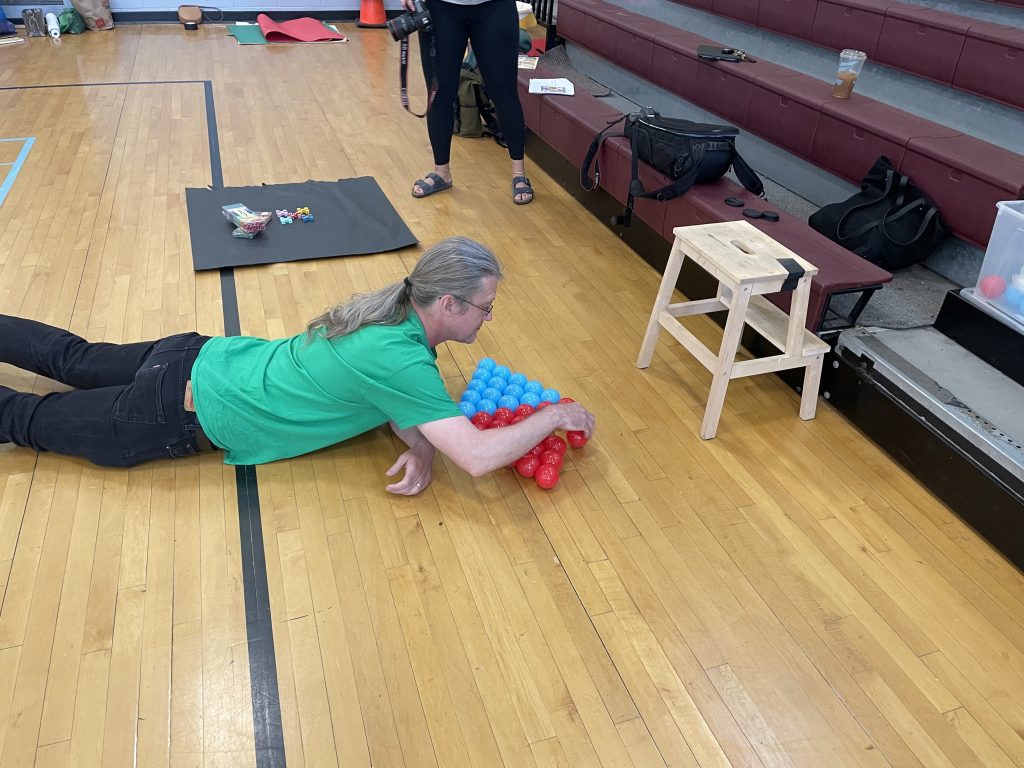I am currently writing the teacher guide for my next book, How Did You Count? (See a couple of teaser photos at the end of this post!)
A section of a chapter of that teacher guide has the heading Seek to Understand and to Be Understood. Those who know my teaching will not be surprised by this heading, but it makes explicit something that is useful to remember in all kinds of life situations.
This summer, I had reason to say to the 16 year-old something like “There’s about a 95% probability that person who just went past us was [locally famous Radio Guy].”
The 16 year old: Nope.
Me: Huh?
16YO: It either was or wasn’t, so probability is either 100% or 0%. You might be 95% sure it was [locally famous Radio Guy], though.
Me: [nods thoughtfully]
We were in line waiting to order beverages. We stood in silence for a minute or two.
Me: So let’s say you’re about to roll a normal six-sided die. There’s a 1 in 6 probability that you’ll get a five. Is that right?
16YO: For sure.
Me: But if I roll it without looking and cover it up and nobody has seen it. Now there’s not a 1 in 6 probability that it’s a five. Do I have that right?
16YO: Right. You can be about 16% sure that it’s a five, but the probability is either 1 or 0.
When you study probability, the relationship between how sure I am that something is the way it is and the probability that it is that way is a big thing to learn. Statisticians swap those things for each other all the time.
As with many ideas, though, it does no service to learners to pretend that everybody knows they are the same as each other. Arguing with the 16 year-old about whether a rolled-but-unseen die still has a meaningful probability associated with it wouldn’t be productive. Coming to a clear statement of how she sees two things as different was a much better way to spend our time.
There are lots of examples where children see ideas as different, but mathematics sees them as the same. For example:
- Rotate a square 45° from standard orientation. Geometry treats the before and after as a single shape. Kindergartners call one a square, and the other a diamond.
- One child might count two rows of three, while the other counts three columns of two. Their teacher knows one of these implies the other.
In each of these cases, we can invite more learners into mathematics by seeking to understand their ideas, rather than ignoring distinctions they may see as important. Let’s seek to understand.
It turned out that it was [locally famous radio guy]. We learned this when he introduced the evening’s musical act.
We also ran into [locally famous Radio Gal] this summer. We were 100% sure it was her from the beginning, and she was gracious and generous with her attention.
![Selfie. From left to right: Me, the 16 year-old, and [locally famous Radio Gal] on a sunny summer evening.](https://talkingmathwithkids.com/wp-content/uploads/2023/12/probability-radio-gal-1024x768.jpg)
Oh yeah! Those teaser pics! Here is me composing two of the images for the book (with a publication date sometime between six and twelve months after I finish the teacher guide, so I’d better get back to it!) photo credit: Kassia Wedekind


